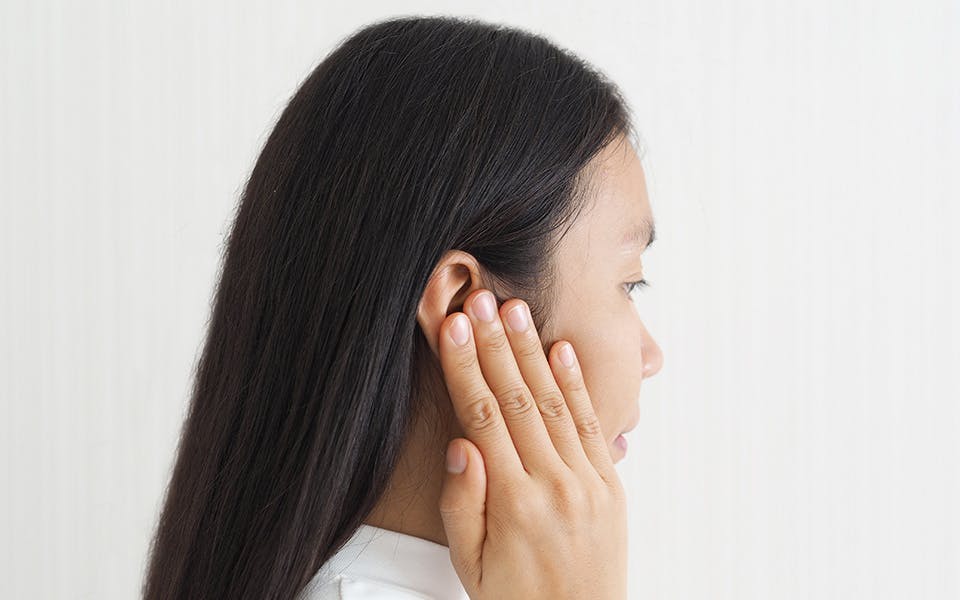The first thing you typically do when your hearing aid starts to become fuzzy is replace its batteries. But what if it still doesn’t work? No need to replace your hearing aids yet. There are other possible reasons for the problem.
Here’s what you need to know. Keep reading…
Earwax Could Be Causing the Problem
Earwax actually has several health benefits. It keeps the inner portion of your ear moisturized and protected from debris. Unfortunately, too much earwax can block the passage of sound to your ear — even with a hearing aid in place. Fix the problem by cleaning your ears using a proper cleaning tool. Do NOT use a Q-tip because this only pushes the ear wax further inside and creates a compact wall that can be tough to remove. The safest way to remove earwax is with a few drops of hydrogen peroxide to soften the wax. Resort to professional help if you experience any pain or dull sounds.
RELATED ARTICLE: 5 Ear Wax Removal Myths Debunked
The Hearing Aid Needs Cleaning
Sometimes, the earwax buildup is not on you but on the hearing aid itself. Most hearing aids come with a wax guard that helps protect the inner portion of the hearing aid from wax. You can remove these guards and clean them out to get better volume. Note, though, that wax guards are meant to be replaced on a regular basis. You should get a new wax guard once a month to prevent buildup.
If your hearing aid doesn’t have a wax guard, then the low volume could be because of the wax accumulating on the hearing aid itself. If that’s the case, just use your cleaning kit to wipe the wax from the inner portion of the hearing aid. Do NOT use any form of cleaning solvents on your hearing aid, including water.
RELATED ARTICLE: How to Find the Best Audiologist Near You
Improper Fit of the Hearing Aid
Another reason for a fuzzy or low sound would be the improper fitting of the hearing aid. The speaker portion doesn’t fit in the ear as deeply as it should, creating a distorted or “far away” sound. In some cases, the hearing aid starts off in the right position and then starts to slip through the day. This can happen because of moisture in the ear or the movement of the jaw and neck.
This can be solved by simply getting a better-fitting hearing aid. In some cases, cleaning your ears can also provide a drier area where the hearing aid can anchor itself.
RELATED ARTICLE: The Stigma Surrounding Hearing Aids is Changing
Wet Hearing Aids
Hearing aids aren’t designed to get wet. Corrosion can build up on the batteries or get inside the tubing of the equipment. If you suspect that water has got into your device, take it out and use a drying kit for a few hours. Using a dehumidifier is also a good idea, especially if water got into the inner tubing.
CLICK TO LEARN MORE ABOUT HEARING AID STYLES
When all else fails, you’ll want to have your hearing aids checked by a professional. These tools can last anywhere from 3 to 7 years. If you’re holding on to your hearing aids for longer than that, this might be the best time to replace them.
If you’re still unsure what to use, you can consult with Hearing Associates for more advice. We’ll help you determine the best course of action with our patient-centered services. Reach out to us today!


